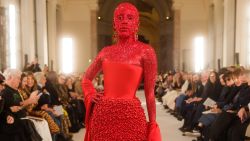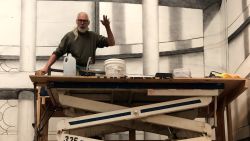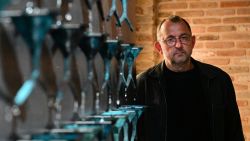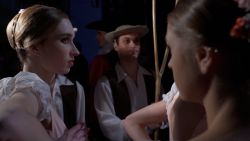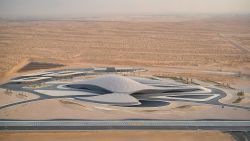Editor’s Note: This story is part of “Masters of Experience,” a series exploring the world’s most original experiences, as told by the visionaries who crafted them.
Museums are often conveniently located in cities or easily reached by public transport.
Japan’s famous “art island” however, requires more dedication. In addition to riding a train or driving a car to Okayama city, visitors have to board a ferry to access Naoshima’s cultural offerings.
The island, located in the country’s southern Seto Inland Sea, is home to several museums designed by Pritzker Prize laureate Tadao Ando, a Japanese architect known for his command of concrete, light and shadow. On Naoshima, his buildings sit quietly within nature. Some, like Chichu Art Museum, are literally buried in the earth, its architecture perhaps best appreciated from a bird’s eye view.
“I’m always thinking of ways to excite people,” the 76-year-old told CNN in his Osaka studio. “Every year, I plant 50-centimeter trees. Eventually, the buildings are hidden in nature.”
Tadao Ando's quiet island of contemplation
The museums exhibit works by domestic and international artists in spaces that invite a dialogue between art and architecture. At Benesse House Museum, for instance, photographs from Japanese artist Hiroshi Sugimoto’s “Time Exposed” (1980-1997) are displayed in an outdoor area looking out to sea.
The images, which themselves depict the horizon and ocean, capture the power of nature and the passing of time – two forces that Ando knows will eventually transform the concrete walls from which they hang.
Ando also takes an architectural approach when considering art, using design elements to mentally prepare visitors to see certain works. His provocative concrete passageways, for example, are deftly angled to allow sunlight to pour through.
“It’s important you enter while imagining what lies on the other side,” Ando explains.
Watch the video above to find out more about the Tadao Ando’s museums on Naoshima. The island’s museums were designed by Ando and commissioned by Benesse Art Site Naoshima.


